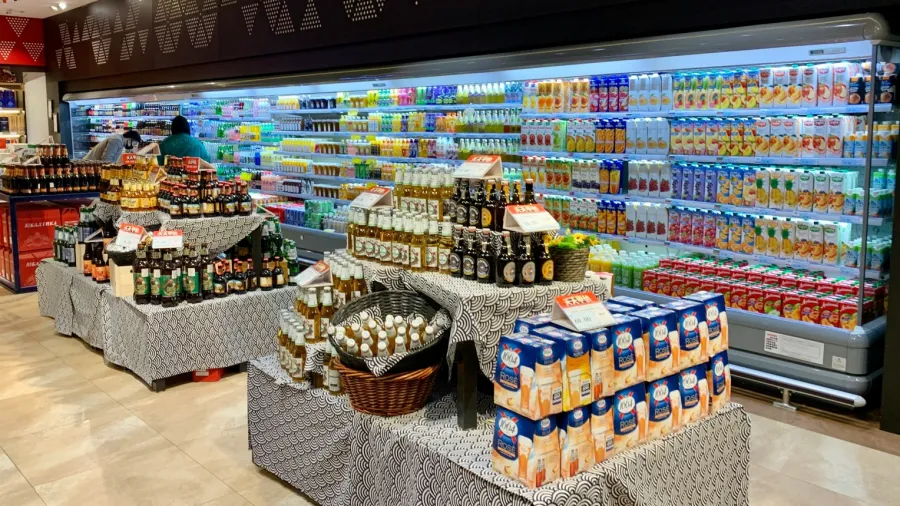
FMCG growth slows down in Mainland China
The sector grew by approximately 2% in value in Q1 2024.
The fast-moving consumer goods (FMCG) sector in Mainland China experienced moderate recovery throughout 2023 and into the first quarter of 2024, as highlighted in the 27th China Shopper Report released by Kantar Worldpanel and Bain & Company.
The take-home grocery market grew by 2.4% in 2023, lagging behind GDP growth (5.2%) and overall retail market growth (7.2%) due to the rebound of out-of-home consumption. Volume was the main growth driver, increasing by 2.4%, whilst average selling prices (ASP) remained stable. However, premiumisation was noted in some categories.
In Q1 2024, the FMCG sector grew by approximately 2% in value, a half-percent increase from Q1 2023, supported by a 3.5% volume increase. This suggests a sustained consumer appetite. However, ASP experienced a 1.5% deflation, contrasting with the stable pricing trend of 2023.
Tier 2 cities led FMCG growth in 2023, benefiting from a population influx of over 8 million in the past four years, making them crucial markets for FMCG brands.
Packaged food and beverages witnessed significant growth, with increases of 2.7% and 4.3% in Q1 2024, respectively, compared to the same period in 2023. Volume growth in packaged food was driven by increased social mobility, whilst beverage growth was fueled by both volume and ASP, particularly in juice, ready-to-drink tea, and packaged water.
Additionally, home care categories saw strong volume demand due to increased hygiene awareness post-COVID, but experienced price deflation in Q1 2024 from price cuts and bulk promotions. Personal care volumes grew robustly, but ASP declined by 7.5% due to consumer cost-consciousness and competition from value-for-money domestic brands.
Meanwhile, offline channels grew by 2.4% in Q1 2024, with grocery and super/mini formats increasing by 11% and 7%, respectively. Hypermarkets continued to shrink, declining by 6%, whilst club warehouses showed notable growth of 22%, now accounting for 9% of the total hypermarket segment.
E-commerce growth was also modest at around 2%. Douyin surpassed JD to become the second-largest platform in China, achieving a 46% growth and an 18% market share in Q1 2024, up 6% from Q1 2023. Pinduoduo boosted traffic through its value-for-money proposition, resulting in 6% growth and a 15% market share, a 1% increase from last year. JD grew by 5% due to its low-price strategy, reversing last year's 1% decline. Leading the market, Taobao/Tmall continued to decline, with a market share of 32%, down 3% from Q1 2023.

















 Advertise
Advertise







